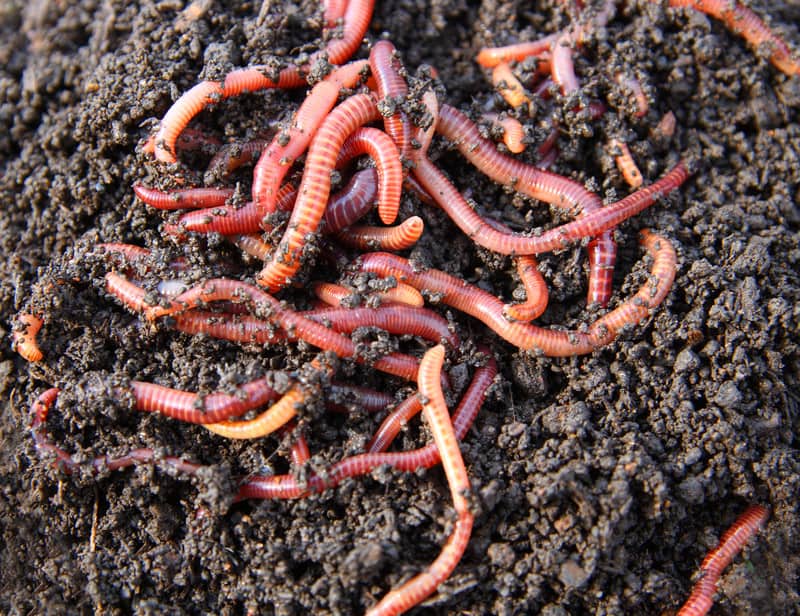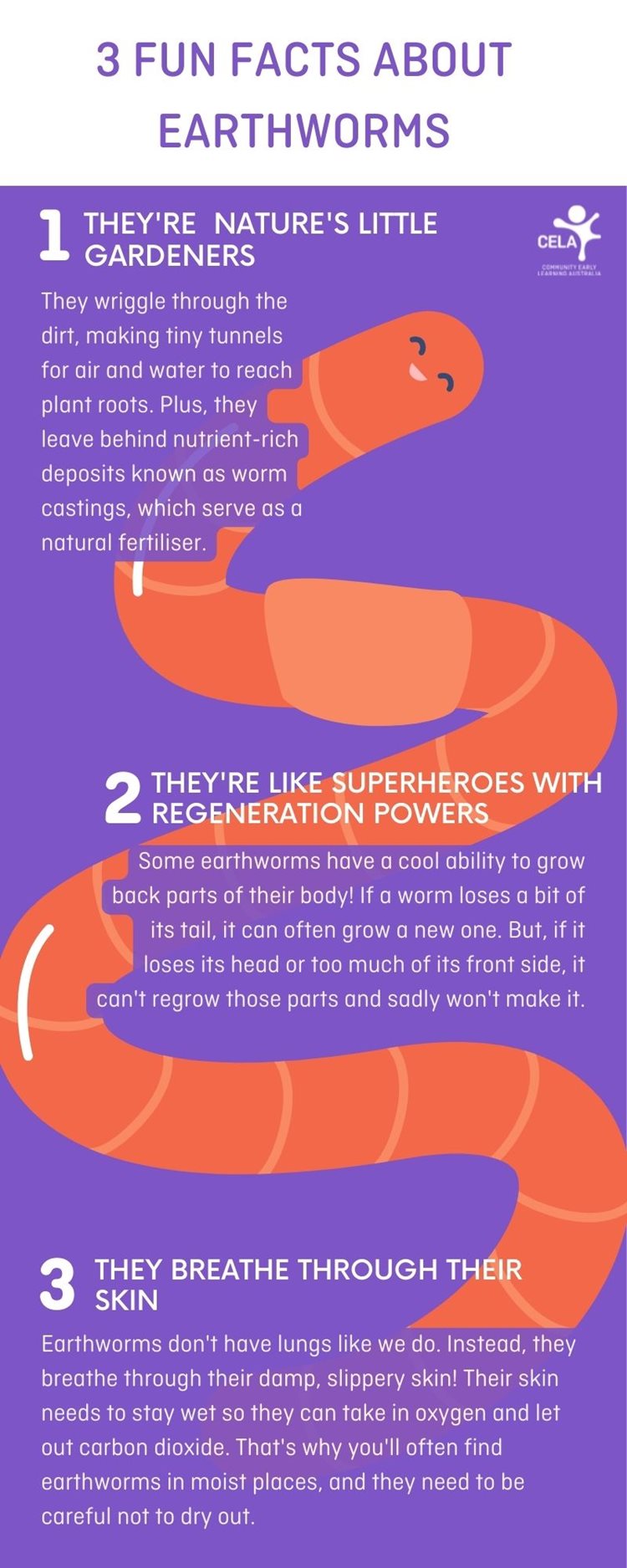The 45-Second Trick For North Carolina Worms
Table of ContentsThe Definitive Guide to North Carolina WormsNorth Carolina Worms for BeginnersThe smart Trick of North Carolina Worms That Nobody is DiscussingSee This Report on North Carolina Worms
Example: 1-gallon of worm spreadings to 4 gallons of potting mix. 1/2 mug in the bottom of the planting opening for smaller sized plants. 1 cup for larger plants.
The enhancement of tea can also include increased microbial biomass to your dirt. You can always side-dress your plants with worm spreadings any time. Just keep in mind, the microorganisms will certainly die if exposed to UV rays (Sunlight), so make sure to cover the spreadings with an inch or so of dirt.
This frustrated them for years up until the screening techniques became much better. It would get better(with even more castings), level off, and after that decline. As well many worm castings would certainly speed up the development to a speed that the plant can not recuperate from.
Things about North Carolina Worms
I have clarified the merits of worm spreadings for concerning 2000 words. Worm spreadings are no various. It takes time to develop high quality worm castings.
You can buy them which brings about second. Worm castings absolutely cost greater than chemical plant foods. Nonetheless, worm castings are on the more affordable end of organic plant foods. You will have to determine what is more crucial. It is very easy to create little amounts of worm spreadings. (50 gallons each year) It is a much tougher and really pricey financial investment to generate huge quantities of worm spreadings (Lake Rhodhiss Bait).

Producing a healthy soil may be the best advantage of worm spreadings. Healthy dirt was talked about and how crucial this has actually become to everyone. The leading 10 benefits of worm castings were additionally provided. We discussed worm spreadings NPK and likewise the correct nutrient evaluation that ought to apply to worm spreadings.
Facts About North Carolina Worms Uncovered
We talked regarding some of the negative aspects associated with worm castings. I covered a lot of material in this article.
The upright burrows are usually open, although the worms cover the top with deposit and waste matter. Origins require oxygen for their growth, whereas they produce carbon dioxide that requires to leave the dirt.
Earthworms enhance porosity by two systems: (1) by developing irreversible burrows, and (2) by enhancing soil gathering. Gathering is enhanced by the mixing of dirt and organic issue in the earthworms' digestive tracts. Lake Hickory Bait. These very stable accumulations are transferred by some earthworms in their burrows, and by others at the surface of the dirt


In another study, earthworms were estimated to consume 4 to 10 percent of the top 6 inches of the soil yearly. Soil compaction decreases the porosity of the soil.
Rumored Buzz on North Carolina Worms
Regular earthworm populaces can easily consume 2 lots of completely dry issue per acre per year, partly absorbing and blending it with dirt. The value of earthworms to mix surface deposit with dirt becomes really clear in dirts that do not have any kind of earthworms. A lot of our Pennsylvania soils contend least some earthworms, and the effect of their full lack, as a result, can not be noted.
(https://freebusinessdirectory.com//search_res_show.php?co=603236)In these soils, the development of topsoil with sensible natural issue web content did not take area, causing poor crop growth. Once the cause was developed, the federal government of the Netherlands began a project to present earthworms. After the intro of the earthworms, a dark topsoil layer was developed, and crop growth increased significantly.
They live mostly from partly disintegrated raw material that is currently integrated in the soil. They eat their way via the dirt, creating horizontal burrows that they loaded with their waste matter. These types ingest big amounts of soil that they blend with absorbed crop deposit in their intestines. or anecic varieties stay in long-term vertical burrows that can be 5 or 6 feet deep.
Their burrows remain open, although they cap the leading with plant residue that they draw to the entrance. These types consume substantial amounts of soil that they blend with digested deposit in their digestive tracts. Their excrement is primarily transferred at the surface of the dirt. The nightcrawler Lumbricus terrestris is the most prominent participant of this group.